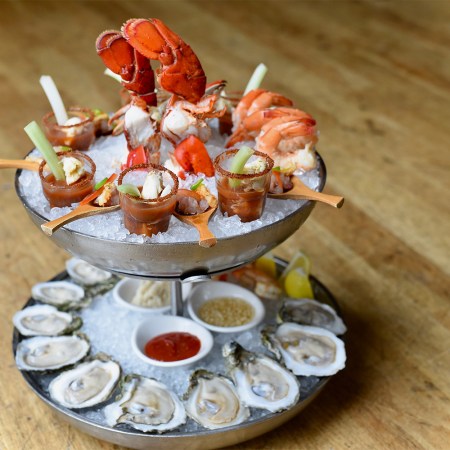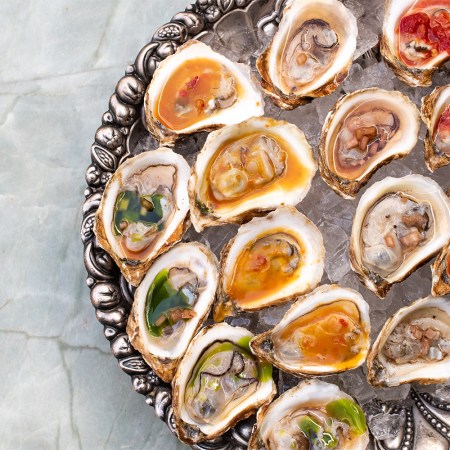“Great seafood isn’t cheap, and cheap seafood isn’t great.”
That theory comes care of Chef Michael Cimarusti, the man behind Connie & Ted’s and Providence, two of L.A.’s best places to nosh some frutti di mare.
We don’t recommend putting it to the test at a Long John Silvers.
Instead, take it to Cape Seafood and Provisions, Cimarusti’s fresh-off-the-boat seafood market, where he recently gave us a crash course in how to pick out really good seafood.
It’s like they say: teach a man to pick out a good fish, and you’ll feed him for a lifetime.
When talking to a fishmonger, ask…
“Where was the fish was caught, how the fish was caught, and what was the fishing method,” says Cimarusti. Then check that information against Seafood Watch Guide, a thoroughly researched site that helps inform consumers. “You also want to know if the fish is farmed or wild, which is harder and harder to discern nowadays,” he says. Keep clear of words like artisanal, craft and organic. “None of those words translate to flavor,” notes Cimarusti.
Get to know the “underappreciated seafoods”
“About 60% of all seafood sales are from tuna, salmon and shrimp,” says Cimarusti. “Consumers can’t put all that pressure on a few species that are on the top of everyone’s list and expect that those three species will be around for years to come. We have to diversify what we eat and the fishermen have to diversify what they catch in order to maintain a sustainable supply.” In California we have chucklehead, vermillion snapper, sheepshead and rock cod. Cape Seafood also carries Florida tilefish, a delicious, meaty white fish that’s also big in Japan.
Know what’s fresh in what season. For Angelenos, that means:
- Salmon in Spring
- Local fish and lobsters in summer
- Halibut in Fall
- And shellfish — oysters, clams, mussels, scallops, etc. — in winter
Yes, you can eat oysters in months that end in “R”
The Rule of the R Months began before the advent of refrigeration. “The non-R months are the warmer summer months when the water is warmer, and that’s when oysters spawn,” says Cimarusti. “When they spawn they’re not really desirable. But, that being said, not all oysters are spawning at the same time, so there’s no real reason to avoid oysters in those months.” His advice: find a provider you trust and ask them if their oysters were spawning.
Uni is having a moment, but know that…
You have to find a good purveyor. “Everyone fetishizes whole live uni now, the way they festishize whole hogs, but fresh, still-alive uni only tells half the story,” explains Cimarusti. “You can’t tell just from the exterior, you have to open it up to discern its quality. That’s why they grade uni the same way they grade tuna now.”
And as for a simple seafood recipe you can make at home after you pick up a haul at Cape Seafood …
Buy some lemons, great soy sauce and fish stock — mix it all together with a little butter and olive oil, and sauté your fish.
This article was featured in the InsideHook LA newsletter. Sign up now for more from the Southland.





















